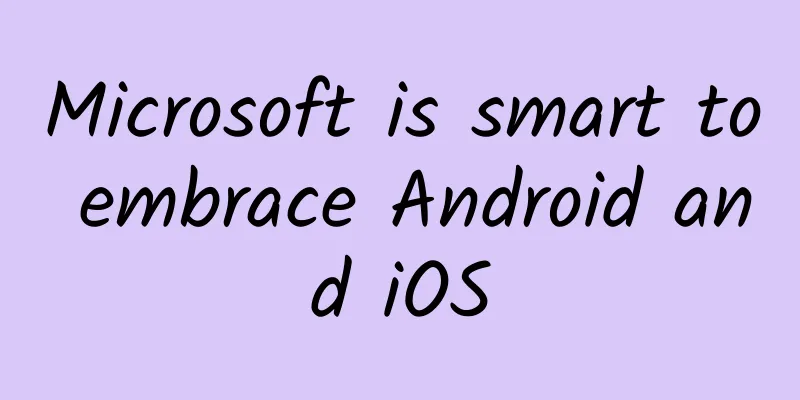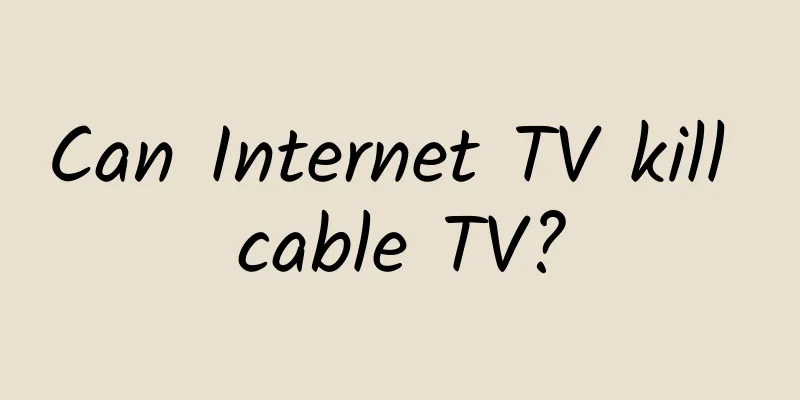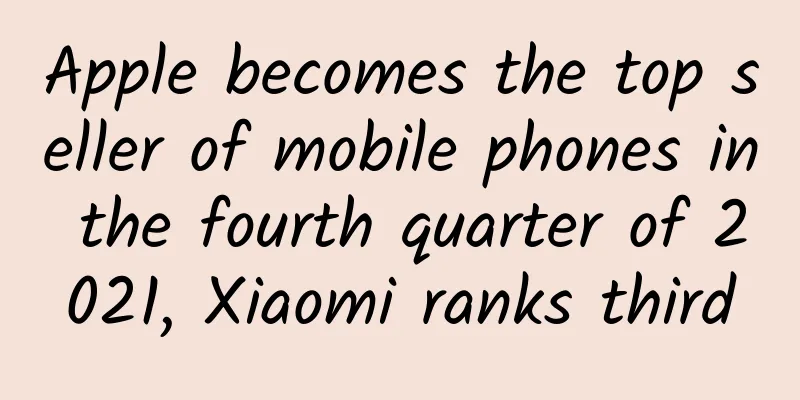Microsoft is smart to embrace Android and iOS

|
Since the new Microsoft CEO Satya Nadella took office, he has formulated a transformation strategy of "mobile first, cloud first" for Microsoft. Under the guidance of this strategy, Microsoft has shown an unusual preference for iOS and Android systems, and has been relatively "indifferent" to its own Windows Phone system. This policy tendency has also led the industry to jokingly call Microsoft's "mobile first" policy "iOS first, Android first". How much has Microsoft embraced iOS and Android? In addition to the well-known Office, Skype, OneNote, OneDirectory, Outlook, MSN and other applications, Microsoft's latest "Microsoft Garage Project" applications and some Xbox games that were originally exclusive have also been launched in large numbers. The results of a cross-platform application survey on App Store, Google Play and Windows Phone Store released by Venturebeat in December 2014 show that in Apple App Store, Microsoft's applications reached 74 in 2014; in Google Play, Microsoft's applications also reached 45. After entering 2015, this embrace continues, and Microsoft has not stopped the pace of bringing its own applications to the other platform: recently, it has been testing Office applications on Android; and for Apple, it is even more enthusiastic, and recently it was revealed that Microsoft is developing another lightweight email application for Apple. Of course, Microsoft's practice of only focusing on pushing iOS and Android applications while ignoring its own Windows Phone has also caused complaints from Microsoft ecosystem consumers. Many consumers find it difficult to accept Microsoft's partiality, and I am one of them. As a Windows Phone user, I was quite disgusted by Microsoft's behavior. So at that time, I wrote an article "WP users to Microsoft: strongly demand fair treatment, do not want to be marginalized", which resonated with many Windows Phone users. The purpose of this article at that time was to express my personal anger at Microsoft's behavior; secondly, I hoped that Microsoft could pay attention to the psychological feelings of Windows Phone users. I wrote in the article at the time: "I believe that many WP fans have this feeling, and are increasingly disappointed with Microsoft's WP. It is not because WP is becoming weaker and weaker; on the contrary, WP is developing step by step. The reason for the disappointment with WP is that Microsoft marginalized WP and ignored the psychological feelings of its own users. Microsoft turned WP into a system that cannot capture the hearts of users. The thriving scene displayed by Microsoft under the new leader has nothing to do with us WP users, because it is not us who enjoy these feasts, but Apple and Android users. We have been forgotten in the corner by Microsoft. Finally, I said: We firmly oppose Microsoft's marginalization of its own platform, and we demand fair and equitable treatment." Even today, if I were to evaluate Microsoft's current practice from the perspective of a Microsoft Windows Phone consumer, I still find it difficult to agree with it and I am still indignant. But from the perspective of an industry observer, I have a better understanding of Microsoft's policy and believe that it is a rational choice by Microsoft. Especially after the release of Microsoft's Windows 10 operating system and Microsoft's Build 2015 conference, combined with my own experience of using the preview version of Microsoft's Windows 10 system, I believe that Microsoft's cross-platform application policy is extremely correct. 1. "iOS first, Android first", Microsoft's rational choice After Nadella took office, Microsoft opened up a series of exclusive applications that originally belonged to Windows Phone. This made some of the advantages or characteristics of the platform disappear. This was also the fuse that caused consumer dissatisfaction. However, from the perspective of the industry, Microsoft's approach is actually a rational choice and has the flavor of saving the country in a roundabout way. As Windows Phone users, we are actually quite aware of the ecological dilemma of Microsoft Windows Phone, because the market share of this platform is very small, which can be seen from the fact that some people jokingly call us "1%". Due to various reasons mentioned many times before, Microsoft has been slow to open up the mobile ecology for several years, and has never seen any improvement, so that its market share has always been hovering at a low level of around 3%, and the gap between its market share and that of the leaders Android and iOS is even greater. If Microsoft keeps its own applications closed and confined to Windows Phone, then the performance of these Microsoft applications can only be exerted in this tiny market of 3%; while the 97% of the external market share will be divided up by Microsoft's competitors, and Microsoft's advantage in productivity will no longer exist. Therefore, closure may please the hearts of us Windows Phone users, but closure will restrict the potential of these high-quality applications owned by Microsoft and ruin Microsoft's future. Opening up these Windows Phone apps to the App Store and Google Play will give Microsoft the opportunity to seize the 97% market share outside the Windows Phone system. This will give Microsoft's high-quality apps a bigger stage to showcase their potential, and it will bring Microsoft new opportunities in the new era. Therefore, the path of openness is a rational choice for Microsoft based on realistic considerations. 2. Windows 10 makes “iOS first, Android first” more reasonable The mad push of Microsoft core applications into iOS and Android systems not only expands the user base of Microsoft core applications, but more importantly, cultivates the user habits of iOS and Android users to use Microsoft application software. The arrival of Microsoft's new operating system Windows 10 makes Microsoft's previous "iOS first, Android first" policy more reasonable. Because Windows 10 will serve as a catalyst to make Microsoft's plan a reality. Although Microsoft failed to capture 80% of consumers on the mobile side of Windows Phone, it must have more than 80% of Windows users on the PC side. Microsoft has a huge advantage on the PC side, but it has not shown this advantage before. Therefore, Microsoft uses the first year free upgrade strategy on Windows 10 to activate the huge advantage Microsoft has accumulated on the PC side. According to Microsoft's plan, all users running Windows 8.1, Windows Phone 8.1, and Windows 7 can upgrade to Windows 10 for free. The purpose is to enable the huge number of PC users to quickly upgrade to Windows 10 and expand the system share of Windows 10. The system features of Windows 10 make it possible to bring out the performance of Office, OneNote, OneDrive, Skype, Outlook, MSN and other applications that Microsoft has previously brought to Google Play and App Store. Why? Because these applications have become the most widely used applications on mobile platforms, and Microsoft has pre-installed these core cross-platform software on Windows 10; and thanks to the support of Microsoft's cloud power, one Microsoft account can control everything and give users a continuous and seamless operation experience. From my personal experience during the period of time I have used it, Windows 10 has brought me an unprecedented Windows ecological experience, which makes me feel that I can't go back. What Windows 10 brings me is the efficiency improvement and collaborative experience continuity under the great unification, and the simplification of the operation process. Under the Windwos 10 system, a Microsoft account and Microsoft's cloud power make all cross-terminal operations coordinated and continuous. At this point, I believe everyone has understood that the purpose of Microsoft's previous crazy promotion of cross-platform software is that Microsoft wants users to form the habit of using Windows applications. Once the habit is formed, everything will become easy to handle. 3. Software platformization At the Microsoft Build 2015 conference, Microsoft has drawn more imaginative space for its cross-platform software. Microsoft is working hard to build a platform for core software, turning core software into a carrier platform. In the first Keynote speech at the Build 2015 conference, Microsoft demonstrated the rich extensibility of Microsoft's core software. Through a series of plug-ins, the boundaries of applications can be greatly expanded. For example, with the Uber plug-in, you can use Outlook to start an Uber taxi. And the extension of Office software can now run on the Office desktop version, online version and iOS version. At this point, Microsoft's "iOS first, Android first" strategy gives people a sense of unlimited imagination. Microsoft's core application software can all be built into platform applications based on the platformization of Office. The cross-platform characteristics of these software can make them stick to a larger number of users, which gives these software more and greater room for imagination in the future. Conclusion: To put it jokingly, this is a way of whitewashing Microsoft, but from an industry observer's point of view: Microsoft's choice of the "iOS first, Android first" strategy is extremely reasonable. Because Microsoft has to choose its own future path in the face of the reality of its own mobile market. Is it to please its own users and then close itself off and wait for death; or to hurt its own users and then open up to the enemy camp. Microsoft made a reasonable choice, choosing to open up and bring its core applications to the iOS and Android systems, allowing them to compete for the huge market share of the iOS and Android systems. From a practical point of view, this is an extremely wise choice, and under the Windows 10 system and the Build 2015 conference, the power demonstrated by these applications has added more room for imagination for the future of Microsoft's cross-platform strategy. Of course, I have to say one more thing: although it is reasonable to choose a strategic focus, please do not do unreasonable things under the pretext of a reasonable strategy. As an ordinary consumer, after Microsoft's repeated openness, I have accepted this, but I still cannot accept Microsoft's behavior of letting its own application experience and updates lag behind iOS and Android systems. We need Microsoft to treat everyone equally. |
<<: The Rise Talk: A Summit Dialogue among Rising Stars
>>: OS X 10.11 will have a control center, iOS 9 will support older A5 devices
Recommend
Newbie on the road: How do I do my operations work?
The daily operation of an Internet company is the...
What is the principle of machine flash ASO? Understand how to do ASO on a machine in one article!
1. What is ASO ? It mainly uses machines and a se...
This drone-shot video is a bit scary
The Verge editor Ben Popper recently received an ...
How much does it cost to join Datong Rubber and Plastic Mini Program?
How much does it cost to join the Datong Rubber a...
WeChat supports mobile phone number transfer without adding friends
When using a bank card APP to transfer money, you...
Kuaishou registered the trademark "Kuaishou Auto" and may be focusing on the field of in-car short videos. So is it far from Douyin making cars?
Nowadays, it is not new for various giants to cro...
Project release and deployment
Pre-publishing setup Since the new version of ASP...
E-commerce operations: How to increase GMV by breaking down indicators
GMV is a very important indicator in e-commerce a...
Are Chinese mobile phones sweeping Japan's virtual operator market?
Cheap mobile phones from virtual operators are al...
Advanced | A promotion optimizer who spends more than 2 million per month will teach you how to place information flow ads scientifically!
With the vigorous development of mobile communica...
How to attract 100,000 users through H5?
Attracting new users to an APP has always been a ...
Massachusetts: Study finds adverse event rates during surgery can be as high as 38%
A study of 11 hospitals in Massachusetts showed t...
The poster takes advantage of the beginning of autumn, and the dirtiest product is not Durex?
The Beginning of Autumn marks the end of summer. ...
The three levels of OTA operations: basic rules, traffic thinking, and brand thinking
OTA operation is a very complex and all-encompass...
App Store "localization" high-end technology will take you to fly!
In order to better serve different countries and ...









